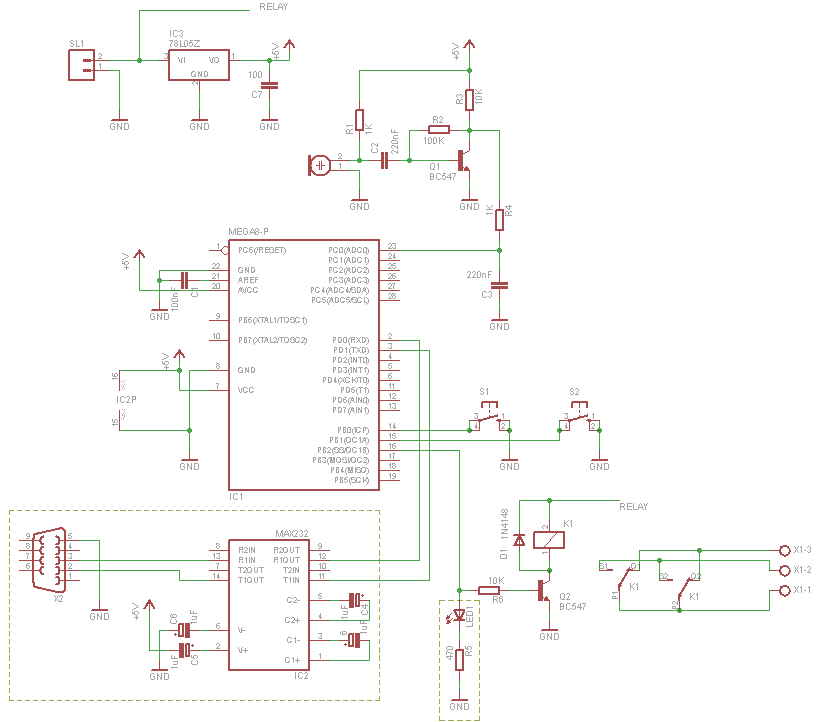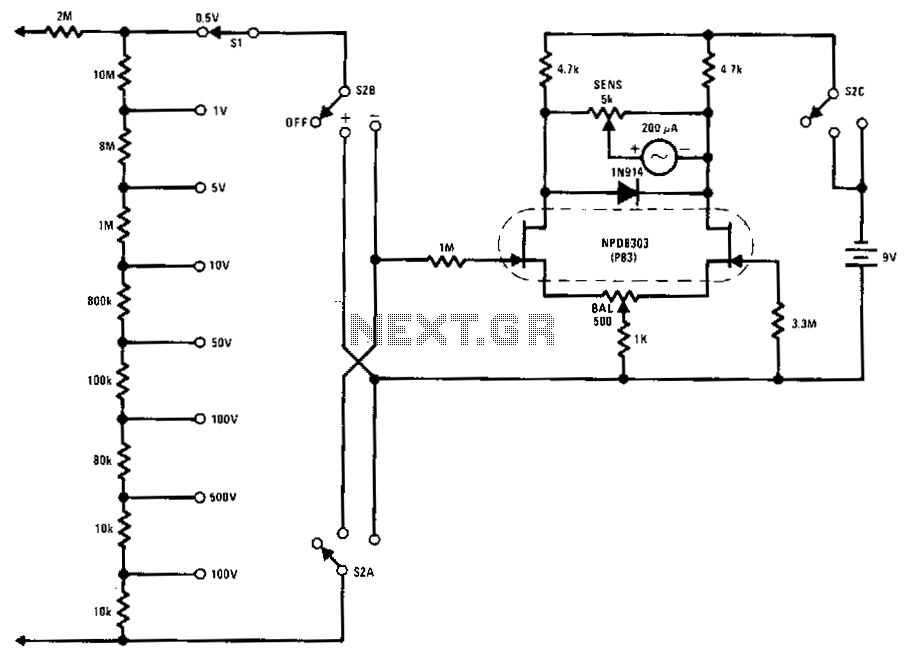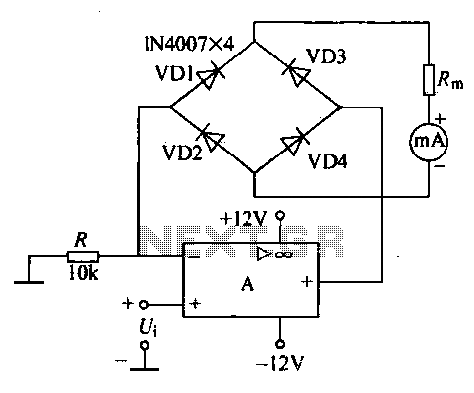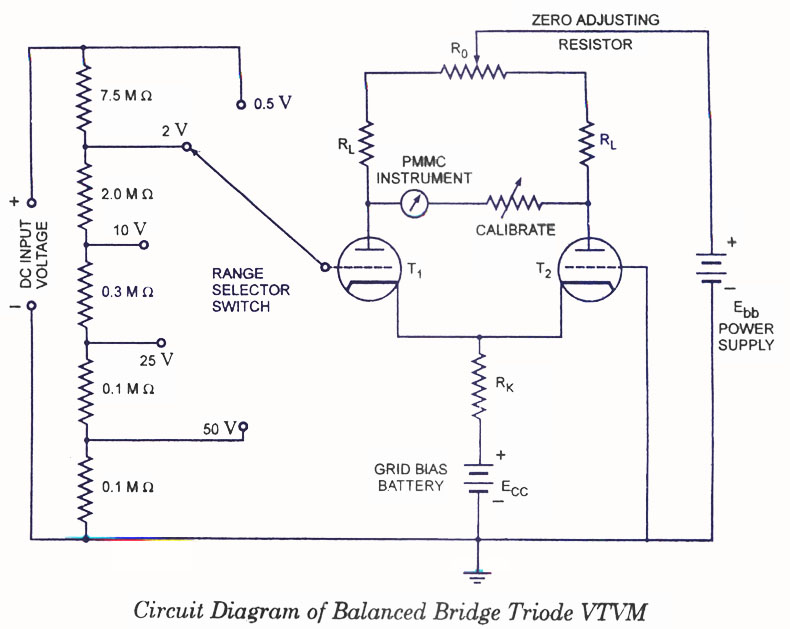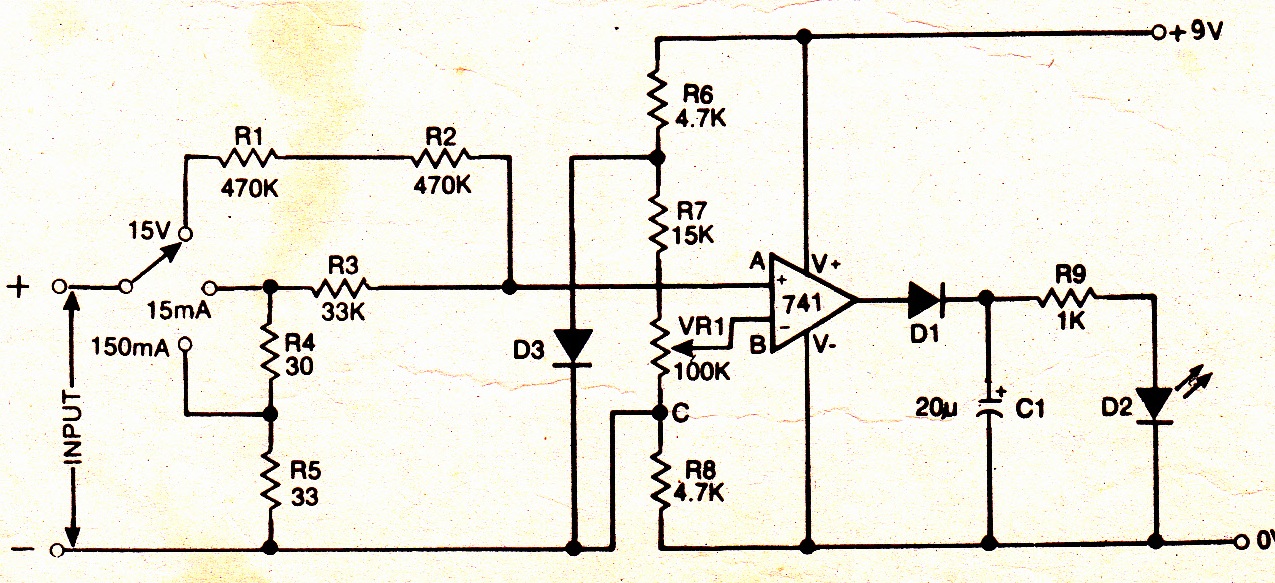
atmega8 voltmeter
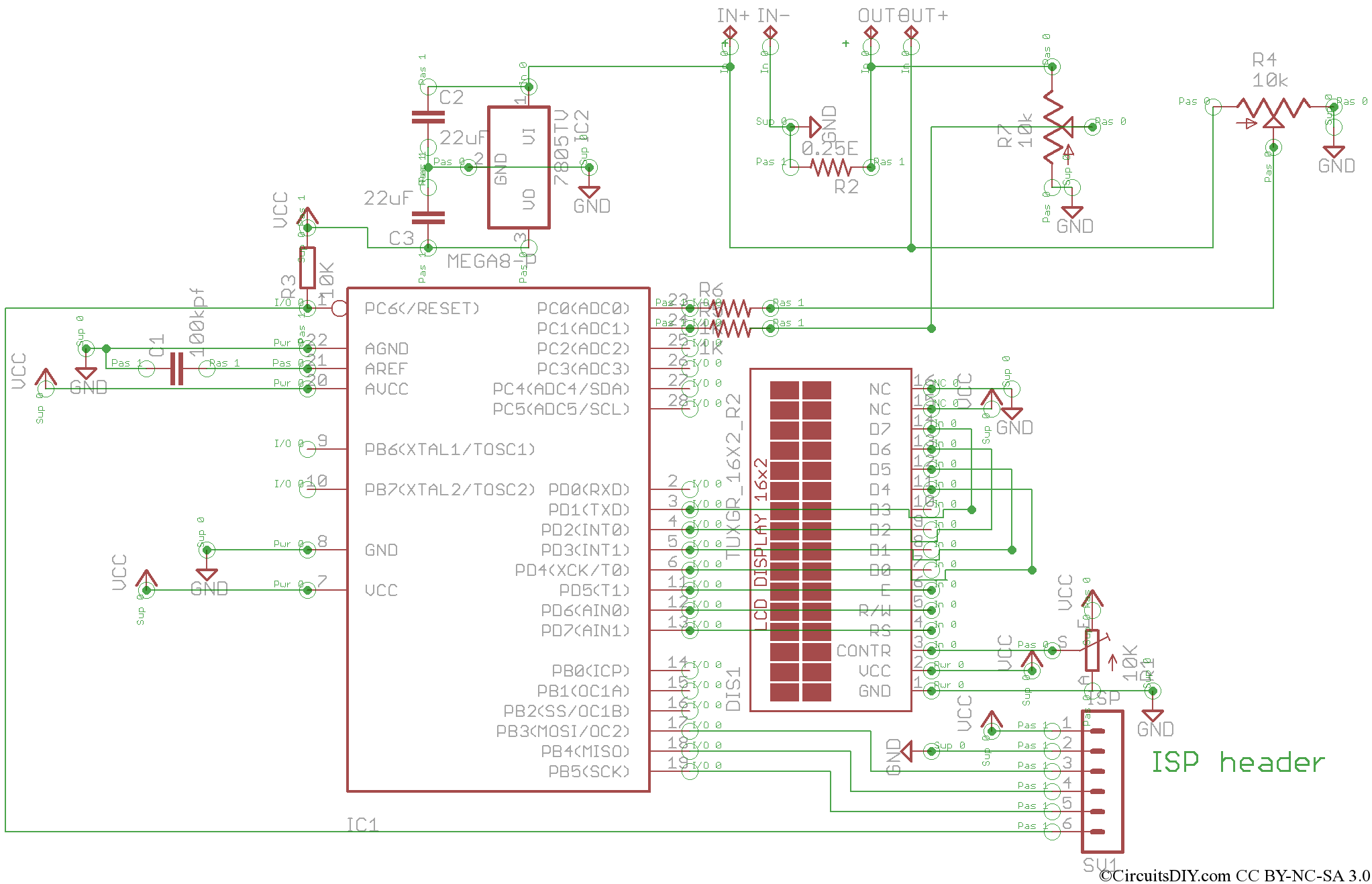
This is the V2 update of the Atmega8 Volt-Ammeter. This new version features several upgrades, including low power consumption, improved amperage display resolution while using a low-value drop resistor, and a much smaller PCB size of only 5cm x 5cm. There are still no SMD components. Calibration is straightforward, requiring only one voltage adjustment and one amperage adjustment preset, with no voltage output detection.
The Atmega8 Volt-Ammeter V2 is designed to provide accurate voltage and current measurements with enhanced efficiency and ease of use. The low power consumption is achieved through optimized firmware and hardware design, making the device suitable for battery-operated applications. The improved resolution in amperage display allows for better precision in measurements, particularly when working with low-value drop resistors, which are essential for minimizing power loss and ensuring accurate readings.
The compact PCB size of 5cm x 5cm contributes to the overall portability and versatility of the device, allowing it to fit into tighter spaces without compromising performance. The absence of surface-mount devices (SMD) simplifies the assembly process and makes it more accessible for hobbyists and engineers who prefer through-hole components.
Calibration is made user-friendly with the inclusion of a single voltage adjustment and a single amperage adjustment preset. This design choice minimizes the complexity often associated with calibration processes, allowing users to quickly and accurately set the desired parameters without the need for extensive knowledge or equipment. The lack of voltage output detection further streamlines the design, focusing on essential measurement functions without unnecessary complications.
Overall, the Atmega8 Volt-Ammeter V2 represents a significant advancement in volt-amperometric measurement tools, combining efficiency, precision, and ease of use in a compact form factor, making it an ideal choice for various electronic measurement applications.This is V2 update of Atmega8 Volt-Ammeter. This new version features the following upgrades, Low power consumption Better Amperes display resolution while using low value drop resistor. Much smaller PCB size, only 5cm x 5cm. Still no SMD components. Easy calibration, only one voltage adjust and one ampere adjust preset, no voltage out detection. A tmega8 Read More †’ 🔗 External reference
The Atmega8 Volt-Ammeter V2 is designed to provide accurate voltage and current measurements with enhanced efficiency and ease of use. The low power consumption is achieved through optimized firmware and hardware design, making the device suitable for battery-operated applications. The improved resolution in amperage display allows for better precision in measurements, particularly when working with low-value drop resistors, which are essential for minimizing power loss and ensuring accurate readings.
The compact PCB size of 5cm x 5cm contributes to the overall portability and versatility of the device, allowing it to fit into tighter spaces without compromising performance. The absence of surface-mount devices (SMD) simplifies the assembly process and makes it more accessible for hobbyists and engineers who prefer through-hole components.
Calibration is made user-friendly with the inclusion of a single voltage adjustment and a single amperage adjustment preset. This design choice minimizes the complexity often associated with calibration processes, allowing users to quickly and accurately set the desired parameters without the need for extensive knowledge or equipment. The lack of voltage output detection further streamlines the design, focusing on essential measurement functions without unnecessary complications.
Overall, the Atmega8 Volt-Ammeter V2 represents a significant advancement in volt-amperometric measurement tools, combining efficiency, precision, and ease of use in a compact form factor, making it an ideal choice for various electronic measurement applications.This is V2 update of Atmega8 Volt-Ammeter. This new version features the following upgrades, Low power consumption Better Amperes display resolution while using low value drop resistor. Much smaller PCB size, only 5cm x 5cm. Still no SMD components. Easy calibration, only one voltage adjust and one ampere adjust preset, no voltage out detection. A tmega8 Read More †’ 🔗 External reference
